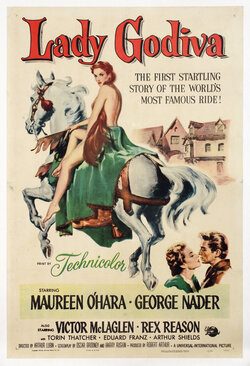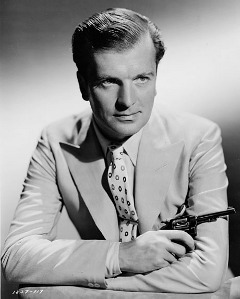Advertisement
Help Keep Boards Alive. Support us by going ad free today. See here: https://subscriptions.boards.ie/.
https://www.boards.ie/group/1878-subscribers-forum
Private Group for paid up members of Boards.ie. Join the club.
Private Group for paid up members of Boards.ie. Join the club.
Hi all, please see this major site announcement: https://www.boards.ie/discussion/2058427594/boards-ie-2026
Easter 1916 question?
-
27-01-2011 08:16PM#1
Comments
-
-
-
-
-
-
Advertisement
-
-
-
-
-
-
Advertisement
-
-
-
-
-
-
Advertisement







 Independence James Adam Salerooms 28 April 2009
Independence James Adam Salerooms 28 April 2009 1. From Dublin to Hollywood
1. From Dublin to Hollywood 6. A Ceasefire for Ducks
6. A Ceasefire for Ducks About the author:
About the author:





 https://www.youtube.com/watch?v=HkbWqzqy3L4
https://www.youtube.com/watch?v=HkbWqzqy3L4 https://www.youtube.com/watch?v=Q8iFSme7RT0
https://www.youtube.com/watch?v=Q8iFSme7RT0 https://www.youtube.com/watch?v=QlQLa_ikcIU
https://www.youtube.com/watch?v=QlQLa_ikcIU